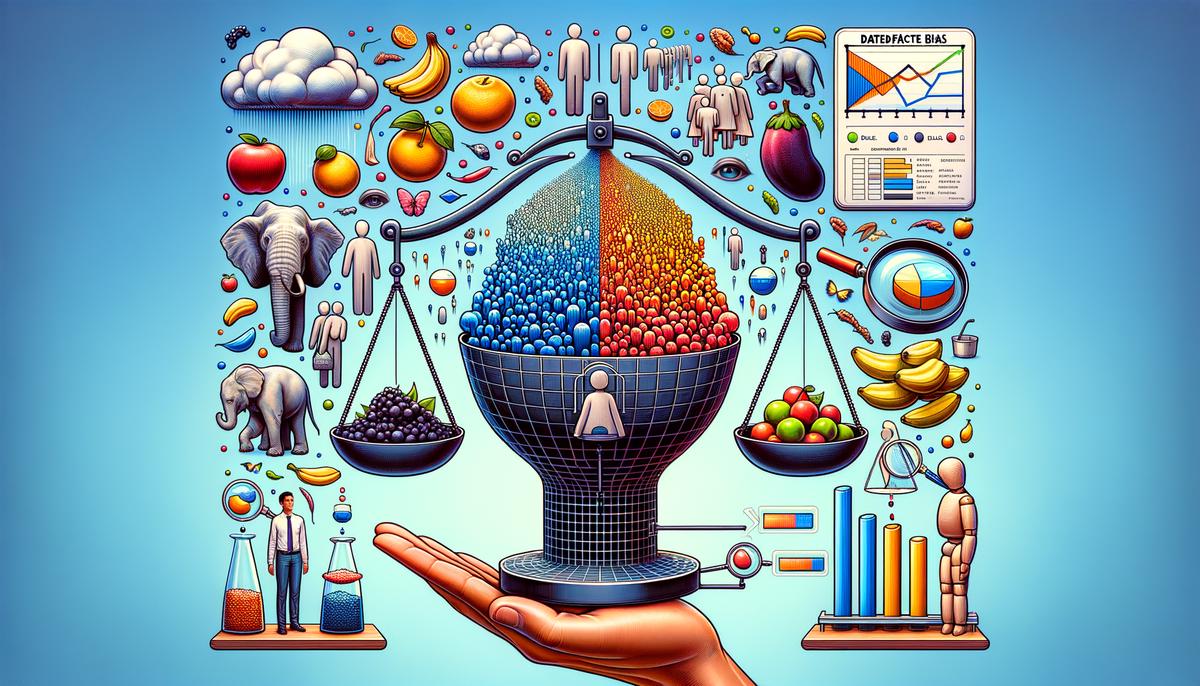Dataset bias in machine learning is a subtle yet pervasive issue that can skew outcomes and amplify societal disparities. It’s a challenge that calls for a conscientious approach to data collection, analysis, and model training. As we navigate through the intricacies of dataset bias, understanding its origins, impacts, and mitigation strategies becomes crucial for developing fair and equitable AI systems. This journey into the world of dataset bias reveals not just the technical hurdles but also the ethical considerations that shape the future of technology.
Contents
Defining Dataset Bias
Dataset bias in machine learning arises when the data used to train an algorithm doesn’t accurately represent the real-world scenario it’s intended to model. This skew can lead to models that perform well on test data but poorly in practice, creating outcomes that might be inaccurate or downright discriminatory. The seeds of dataset bias are often sown right at the start, during data collection. For instance, if a facial recognition system is trained mostly on images of light-skinned individuals, its ability to correctly identify individuals with darker skin tones is significantly compromised.
Sampling bias is a prominent culprit, manifesting when the data collected isn’t representative of the broader population. Imagine trying to understand global internet usage patterns by only surveying people in a tech-savvy city. The insights gleaned would hardly reflect the global scenario, skewing any models trained on this data towards the behaviors of a specific demographic.
Another common form of bias is selection bias, which occurs when the criteria for including data in the dataset are too narrow. If you’re creating a speech recognition system, but only include voices from a particular region or group, you might as well have told the system, “Other voices don’t exist.” This leads to models that perform well within the bubble they were trained in but fail miserably outside it.
Confirmation bias sneaks into machine learning when the data is chosen or interpreted in a way that confirms pre-existing expectations or beliefs. It’s like only listening to the news that agrees with your views; you might end up with a skewed perception of reality. In the context of machine learning, this could mean selectively using data that supports certain results, inadvertently teaching the model to replicate these biases.
Class imbalance is another form of dataset bias where some classes are underrepresented in the training data. If you’re developing a medical diagnostic tool but only have a handful of examples of a rare disease, the model might learn to overlook signs of that disease, albeit unintentionally.
Dataset bias doesn’t only skew results; it can amplify stereotypes and reinforce societal biases, leading to ethical implications. For example, predictive policing models trained on historical arrest data could lead to over-policing in communities that were already unfairly targeted in the past.
Addressing dataset bias requires a conscientious effort at every stage of dataset creation and model training. Diversity in data collection teams and comprehensive review processes to identify and mitigate biases can help. Furthermore, techniques like augmentation or synthetic data generation offer creative solutions by enhancing dataset variability without compromising on privacy.
Transparency about the datasets’ composition and the decisions made during model training can foster trust and facilitate the identification of potential biases. Coupled with ongoing research aimed at developing algorithms that can recognize and compensate for their own biases, there’s a pathway to more equitable machine learning practices.
Ultimately, combating dataset bias is not just a technical challenge but a societal commitment to developing technology that is fair and representative of the diverse world it serves.
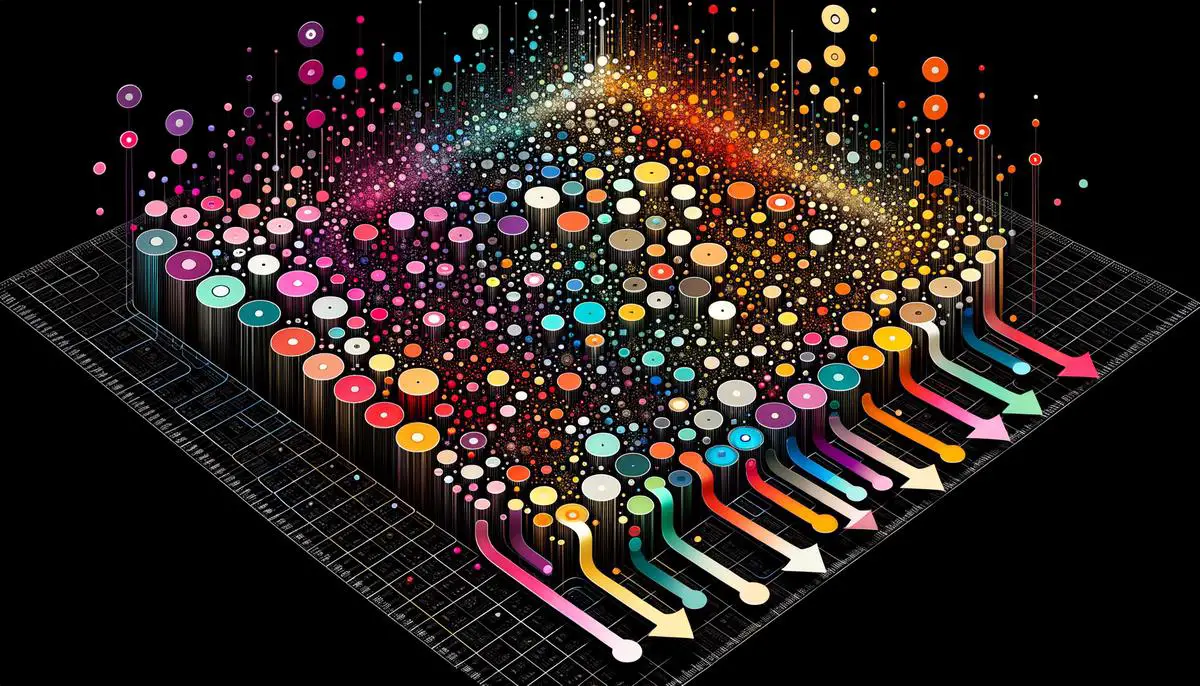
Impacts of Dataset Bias
When a dataset feeds a machine learning model biased information, it’s like putting on tinted glasses and seeing the world in a distorted color. These biases skew results and often end up making faulty predictions. Let’s dig into this with real-world impacts across various sectors.
In healthcare, imagine a scenario where an AI system is trained mostly on data from one demographic group. This system might work well for that group but could fail spectacularly for others, potentially leading to misdiagnosis or improper treatment recommendations. It spells danger when life-and-death decisions hinge on a biased algorithm’s output.
Turning to finance, credit scoring models based on biased datasets could unfairly deny loans to certain population groups. If the historical data reflects societal inequities — like lower home ownership among certain races due to historical discriminations — the algorithm could perpetuate this bias, making it harder for affected individuals to break the cycle of poverty.
Criminal justice presents perhaps some of the most alarming examples. Predictive policing tools could disproportionately target minority neighborhoods if they’re fed historical crime data without correcting for socioeconomic and racial biases. This risks turning algorithmic predictions into self-fulfilling prophecies, where increased surveillance escalates arrest rates, not necessarily because crime is more prevalent but because that’s where the system is looking.
On the job market side, AI-driven hiring tools might overlook qualified candidates from underrepresented groups if their success model is trained on data reflecting a non-diverse workforce. A façade of objectivity in machine learning models can hide underlying biases, leading employers to inadvertently perpetuate a homogenous work environment.
These are not just hypothetical scenarios. They’ve happened and continue to occur, underlining the critical need for more balanced datasets and bias-aware modeling techniques in AI systems across sectors.
Bias correction methods offer a beacon of hope. Techniques such as re-sampling, cost-sensitive learning, and algorithmic fairness interventions aim to level the playing field. But the human element remains pivotal. Constant vigilance, questioning the data’s representativeness, and a commitment to adjust models as the world evolves are indispensable to harnessing AI’s potential without magnifying its flaws.
For models to be just and fair, they must evolve as society does, learning from a broader scope of human experience and constantly questioning the status quo of data inputs. The path forward involves not just technical adjustments but a broader societal engagement in AI ethics, ensuring that technology serves all of humanity, not just a privileged section.

Detecting Dataset Bias
Identifying bias in datasets involves multi-faceted approaches, intertwining data science expertise with cutting-edge technology. At the forefront, data auditing plays a critical role. Data auditors dissect the origin and pathway of data collection, pinpointing any stages where bias might seep into the dataset. It’s like detective work; tracing back to the roots where the data sprung and mapping its journey to highlight potential contaminants in the form of bias.
Statistical measures are deployed for more tangible evidence of bias. Techniques including variance analysis and regression help in identifying anomalies or peculiar trends in datasets that deviate from expected patterns. Consider these as the magnifying glasses that zoom in on the finer details, catching subtle, often overlooked hints of bias masquerading within the numbers.
The utilization of machine learning algorithms extends beyond devising predictive models to serving as tools in bias detection. Algorithms analyze patterns, learning from data in ways humans can’t always foresee. It’s like having a bloodhound that can sniff out bias hidden in the layers of data. This capability allows for not just identifying existing bias but also predicting potential bias in future datasets.
In combating dataset bias, visualization techniques emerge as powerful storytelling tools. Through heat maps, scatter plots, or line charts, data scientists can visually represent data dispersion, detect outliers, or showcase demographic representation across datasets. These visual aids transform abstract numbers into digestible insights, spotlighting areas ridden with bias.
Benchmarking against globally recognized datasets or gold standards becomes imperative to gauge the scale of bias. It works on the principle of comparing one’s dataset against another that is deemed broad and representative. A dataset may appear balanced in isolation but, when held against a more comprehensive dataset, underlying biases come to light.
Fruitful. Data Scientists implement tools like TensorFlow Fairness Indicators or IBM Fairness 360 Toolkit. These toolkits offer libraries and modules designed for assessing fairness in machine learning models, allowing scientists to rectify bias before it further perpetuates through AI systems.
Despite these strategies, challenges persist. Bias detection is often reactive rather than proactive, highlighting the gap between the occurrence of bias and its identification. The landscape of data is vast and ever-expanding, making continuous monitoring and updating a Herculean task. The subjective nature of fairness and balance in datasets adds another layer of complexity, as standards can vary widely across different cultures and societies.
Techniques evolve as new forms of bias are uncovered, underscoring the dynamic nature of data science in its quest to build equitable and fair AI systems. It points toward an ongoing battle against bias, one that necessitates constant innovation, vigilance, and dedication from the global data science community. These efforts are crucial steps on the path to creating technology that serves all of humanity equally, eliminating disparities sewn into the very fabric of datasets.
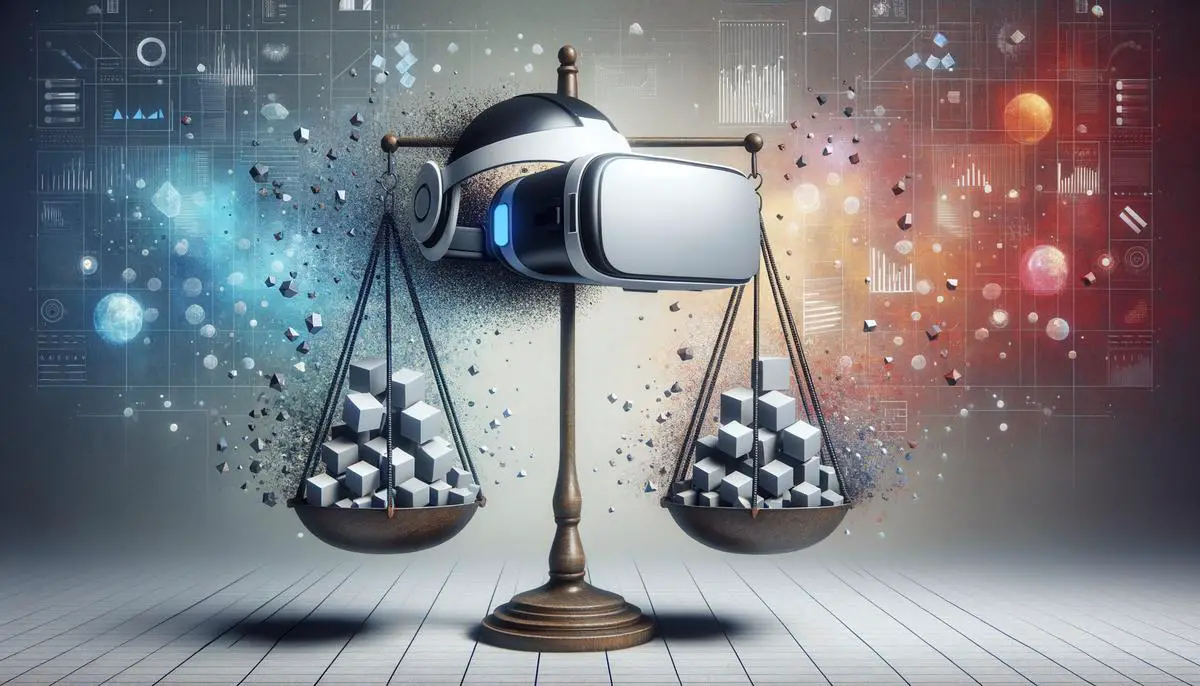
Mitigating Dataset Bias
To further mitigate dataset bias in machine learning, adopting a continuous feedback loop throughout the model development life cycle is crucial. Ensuring that your model is tested regularly against new, real-world data can highlight biases that weren’t initially apparent. This process, known as live testing, transforms theoretical fairness into practical application, sometimes revealing overlooked biases as user demographics evolve or societal norms shift.
Adjusting the model based on this feedback, then re-deploying and re-testing, establishes a cycle of improvement that better aligns the model with fairness objectives over time. It’s a methodology that effectively turns model deployment into the beginning, not the end, of bias mitigation efforts.
Blending different machine learning models to achieve ensemble learning can also serve as a buffer against bias. When individual models, possibly biased in unique ways, are combined, their independent errors can cancel each other out or diminish overall bias. This technique doesn’t replace the need for bias correction but can effectively enhance the reliability of predictions.
Active involvement of stakeholders from various backgrounds in the model development process ensures broader perspectives are considered. Stakeholder feedback can provide invaluable insights, especially from those likely to be impacted by the model’s output. Their engagement from early stages paves the way for more inclusive, less biased models tailored to serve a diverse user base.
In parallel to these strategies, developing a set of ethical guidelines specific to the project at hand can serve as a north star for decision making. These guidelines should encompass not just the model’s intended use and expected impact but also detailed provisions for anticipating and addressing potential biases. Taking this proactive stance helps weave fairness into the fabric of the machine learning project, making it a guiding principle rather than an afterthought.
Furthermore, embracing external audits by independent parties can provide an unbiased assessment of a model’s fairness and bias levels. These assessments can shed light on blind spots overlooked by internal teams too close to the project and therefore subject to confirmation biases of their own. The feedback from such audits can be instrumental in fine-tuning models for greater fairness.
Lastly, incorporating regulatory compliance as an integral part of the machine learning process from its inception fosters transparency and accountability. This approach not only safeguards against bias but also builds public trust in the technology by demonstrating a commitment to ethical AI practices.
Each of these strategies contributes valuable layers of protection against dataset bias, evolving the model from merely operational to genuinely equitable. As machine learning continues to permeate various aspects of life, ensuring models are constructed and refined with an unwavering commitment to bias mitigation is instrumental in harnessing the full potential of AI to benefit all members of society equally.
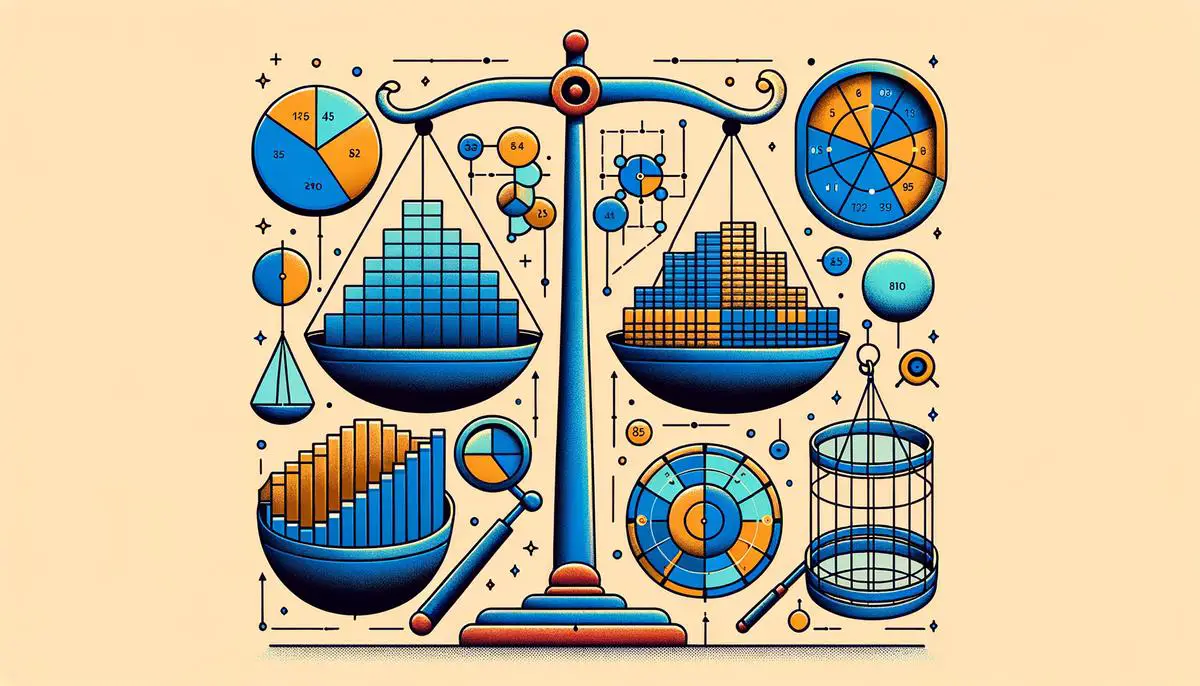
Future Directions in Addressing Dataset Bias
Exploring the frontiers of dataset bias mitigation uncovers rising trends that fuse cutting-edge artificial intelligence (AI) with ethics, aiming to build AI that serves everyone. A standout trend is the generation of synthetic data, where AI algorithms create data points indistinguishable from real-world data. This doesn’t just bulk up datasets but does so in a way that can deliberately reduce imbalances, supplementing areas where data may be scarce. It’s like having an artist who can fill in missing pieces of a picture, ensuring the final image accurately represents the diverse world we live in.
Adversarial training, another innovative trend, turns the process of model training into a kind of game. Here, algorithms are continuously challenged to overcome deliberately introduced biases or obstacles, sharpening their ability to recognize and mitigate bias independently. Imagine teaching a detective to spot hidden clues across varied scenarios; that’s what adversarial training does for AI models, making them smarter at sniffing out biases.
However, progress doesn’t come without its hitches. One major challenge lies in the tug-of-war between maintaining model accuracy and enhancing fairness. Sometimes, making a model less biased requires introducing changes that could dip its performance by conventional measures. It’s akin to tweaking a well-oiled machine to run on a different kind of fuel; finding the balance that allows for peak operation without compromising on new priorities takes careful calibration.
Moreover, truly conquering dataset bias is not just a technical challenge—it’s a collaborative one. It calls for minds from diverse disciplines, from anthropology to computer science, to come together. Each brings unique perspectives necessary for understanding the complex, multifaceted nature of bias. Like assembling a team of superheroes, each with their distinct powers, it’s this interdisciplinary collaboration that will push through the barriers of dataset bias correction.
In all, while we’ve leaped forward in identifying and addressing dataset biases through innovative technology and methodologies, the road ahead demands navigational prowess balancing accuracy with fairness, and deeply collaborative efforts. Reflecting this dual pursuit, our oscillation between technological advancement and ethical considerations will define the future landscape of AI and machine learning. Whether coloring in missing pieces with synthetic data or sharpening models through adversarial challenges, it’s the continuous, collective push against the limitations we currently face that will mark the next era of bias mitigation in AI.
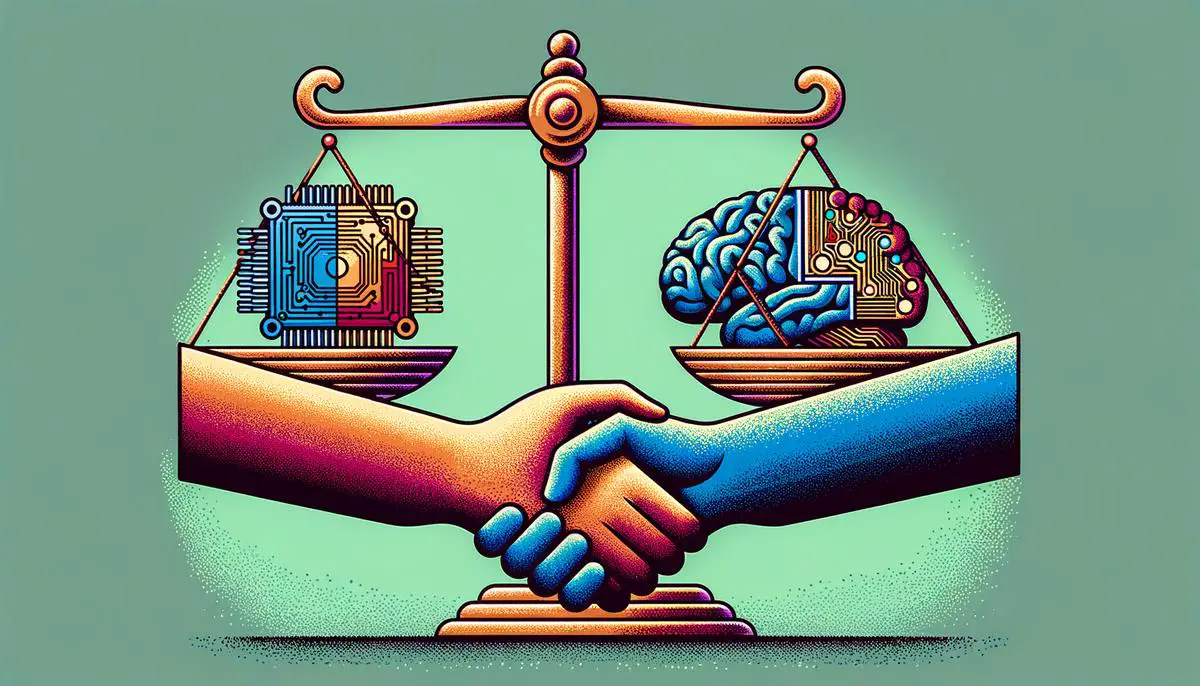
In conclusion, addressing dataset bias is more than a technical necessity; it’s a commitment to fairness and equity in the development of AI technologies. By recognizing and mitigating biases in our datasets, we pave the way for machine learning models that reflect the diversity and complexity of human experiences. This endeavor not only enhances the accuracy and reliability of AI systems but also ensures they serve all segments of society equitably. The journey towards unbiased datasets is ongoing, requiring vigilance, innovation, and a collective effort to shape a technology landscape that is inclusive and representative of all.

Emad Morpheus is a tech enthusiast with a unique flair for AI and art. Backed by a Computer Science background, he dove into the captivating world of AI-driven image generation five years ago. Since then, he has been honing his skills and sharing his insights on AI art creation through his blog posts. Outside his tech-art sphere, Emad enjoys photography, hiking, and piano.
